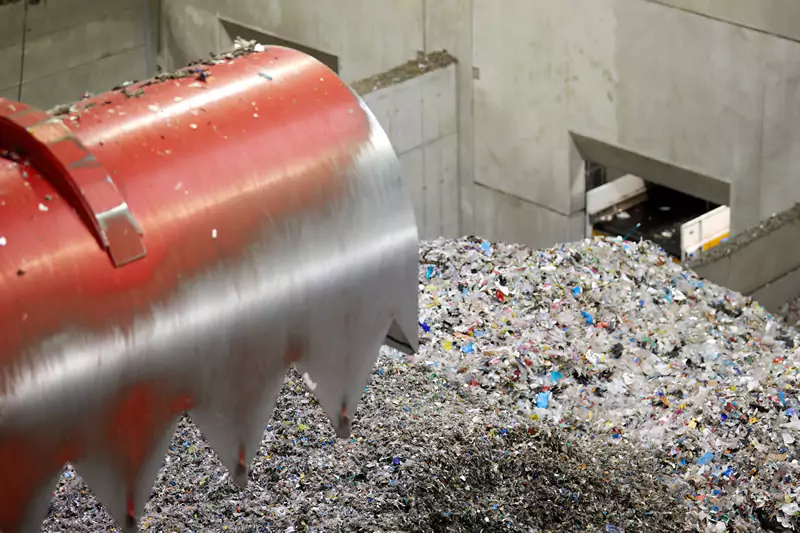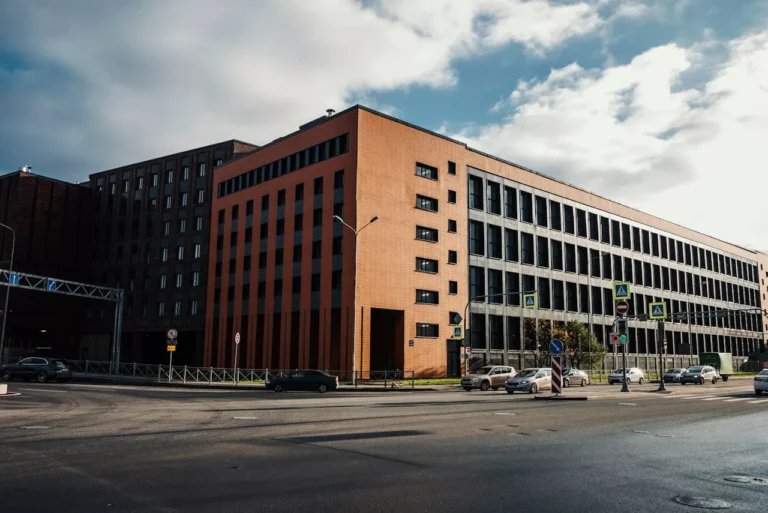
Turning Plastic Waste into a Smarter Rail Solution: SEPA’s Innovative Approach at South Dynon
The South Eastern Program Alliance (SEPA)—a collaboration between the Level Crossing Removal Project (LXRP), Laing O’Rourke, Jacobs, Metro Trains Melbourne, and V/Line—is driving major rail infrastructure upgrades across Melbourne. As part of this work, SEPA is upgrading the South Dynon Train Maintenance Facility in West Melbourne, a vital hub supporting Victoria’s expanding regional train fleet.
The Challenge: Contaminated Soil and Traditional Constraints
During the upgrade, SEPA faced a major challenge: installing critical cable infrastructure across contaminated land. Traditional trenching would require excavating thousands of cubic metres of polluted soil—an approach that’s costly, slow, and environmentally harmful.
The Solution: TufDuct—Innovation from Recycled Plastic
Instead of resorting to conventional methods, SEPA adopted a smarter alternative: TufDuct, a cable protection system made entirely from recycled plastic waste. Unlike traditional buried conduits, TufDuct requires minimal excavation, reducing both environmental impact and project costs.
Over 550 metres of TufDuct were installed at South Dynon to support the facility’s power, signal, and communication systems. The result was a more efficient, sustainable, and cost-effective solution.
Performance That Outshines Concrete
TufDuct’s performance surpasses traditional concrete alternatives. The TufDuct 300 Series offers three times the cable capacity (52,500mm²) compared to standard conduits, while the larger 430 Series (114,750mm²) eliminates the need for separate cable pits. Each unit weighs just 24–27 kg, allowing easy handling and direct placement on railway ballast. Sealed lids provide safe walking surfaces during installation and maintenance.
Safer, Faster, and More Sustainable
TufDuct brought a host of additional benefits:
- Improved worker safety through lightweight, machinery-free installation
- Faster deployment with minimal disruption to ongoing rail operations
- Reduced rework potential as future stages of construction begin
- Long-lasting performance meeting all safety and durability standards
Crucially, the system underwent rigorous testing to gain approval for permanent use from Australian rail authorities—demonstrating that sustainable infrastructure can meet and exceed conventional expectations.
Rethinking Waste, Delivering Value
SEPA’s use of TufDuct at South Dynon shows how environmental innovation can drive better outcomes across the board: lower costs, faster delivery, safer worksites, and reduced environmental impact. It’s a powerful reminder that sometimes, the smartest solutions start with reimagining waste.




